- Learning time
- 60 minutes
- First play time
- 120 minutes
Pan Am
Designed by: Prospero Hall
In Pan Am players are not the famous (now defunct) American airline itself, but minor-league competitors struggling against it as the airborne behemoth expands across the globe, getting in everyone’s way. The critical point is this: you want to sell your routes to Pan Am, in exchange for shares! The player with the highest investment in the titular airline will be the winner…
The board shows the world with the possible routes that airlines can build. Over seven rounds of the game, players play through a series of phases, beginning with an Event card: this dictates the ever-changing value of Pan Am stock, usually increasing in value, but occasionally it may drop. Then everyone takes turns placing engineers on the board in various action spaces that are resolved after all engineers have been placed – note, however, that some action spaces are actually bids for something (eg planes), so someone can kick your engineer off by placing theirs on a higher-numbered space there.
The action spaces are resolved in letter order from A-E, as labelled on the board. Airports increase your income and allow you to place an airport at a city on the board. Destinations give you a destination card (see below), Planes give you – you guessed it – a plane, and Routes allow you to ‘build’ a route between two cities on the board. Some routes can be serviced by any plane, whereas other longer-distanced ones require bigger planes: you’ll need to buy some!
But wait. One cannot simply fly a plane to Reykjavik – you need the rights to land a plane at either end of the route. Having an airport there gives you the rights, as does having the relevant destination card. Or you can dump any destination card, but obviously this isn’t ideal as more destination cards = more possibilities. Why build a route at all? Because like airports, they push up your income, and you need cash to win the game. Finally the Directive actions are resolved, which give anyone who placed engineers there a directive card: these are a lottery in that you don’t know what they’ll do, but they always do good stuff, generating income or giving you some other in-game advantage. Additionally, engineers placed in the directives spot are not removed when activated, but get to go before all other engineers in the subsequent round: a considerable advantage.
After all the engineers have done their work, Pan Am activates! A die is rolled and, starting from Miami, Pan Am begins expanding across the globe following the route lines rolled on the die. If Pan Am encounters a route established by the players, it instantly purchases it, no questions asked. And if the Pan Am icon is rolled on the die, players can optionally sell any of their routes at the current price.
Finally players have the option to buy stock in Pan Am at the current price (-it tends to get more expensive the longer the game continues!) which, after the seventh round, will determine the winner. If two or more players are tied on stock, then most cash is the tie-breaker.
The guru's verdict
-
Take That!
Take That!
Although there's no sabotage or direct conflict, players are outbidding each other and racing to be the first to establish routes.
-
Fidget Factor!
Fidget Factor!
High on a first play, dropping to moderate, or even low(ish) depending on familiarity of the players. Inevitably there are moments however when a little thought is required.
-
Brain Burn!
Brain Burn!
Pan Am is a game of opportunity, bidding and brinkmanship. There's a little luck too, in the directive cards and what Pan Am itself gets up to at the end of the round, but understanding and wielding these disparate parts into a coherent plan is where the juice of the game is.
-
Again Again!
Again Again!
If you enjoy the theme, the bidding, and the insidious thrill of tin goose capitalism, then Pan Am integrates a number of things to make each play feel distinct.

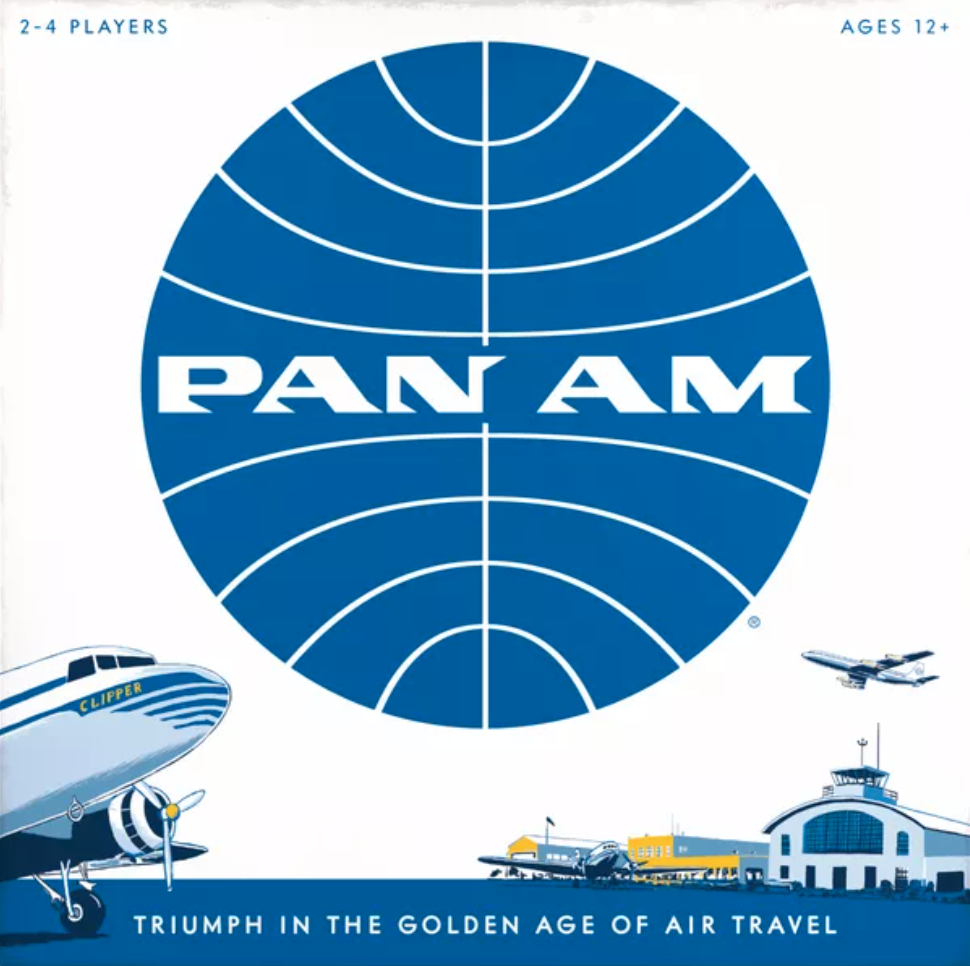



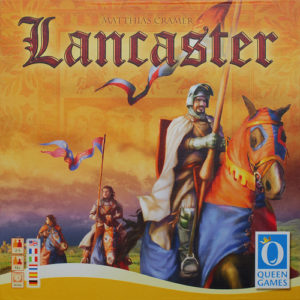
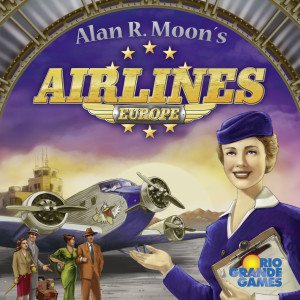
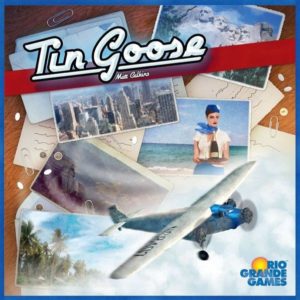
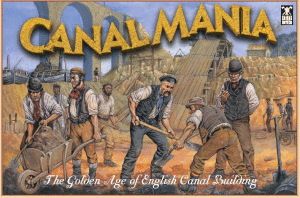

Sam says
It's a curious choice of subject for a game, but an intriguing one to play. I'm no fans of planes in real life, and not much of a stocks and shares guy, but like Tin Goose - another game of plane-related bidding - I found this an engaging venture. Many games use the [simple_tooltip content='send a worker out onto the board to get X or activate Y']worker placement mechanic [/simple_tooltip] but I like how here workers are also bidding on your behalf, reminding me of the similarly-feisty Lancaster. Designers Prospero Hall are known for taking existing IP (Back to the Future, Jaws, Disney characters) and generating family-friendly play from them. A defunct airline is a somewhat incongruous addition, but the game itself is actually good, mildly combative fun, and I delight at the presentation too: it's all handled rather well.